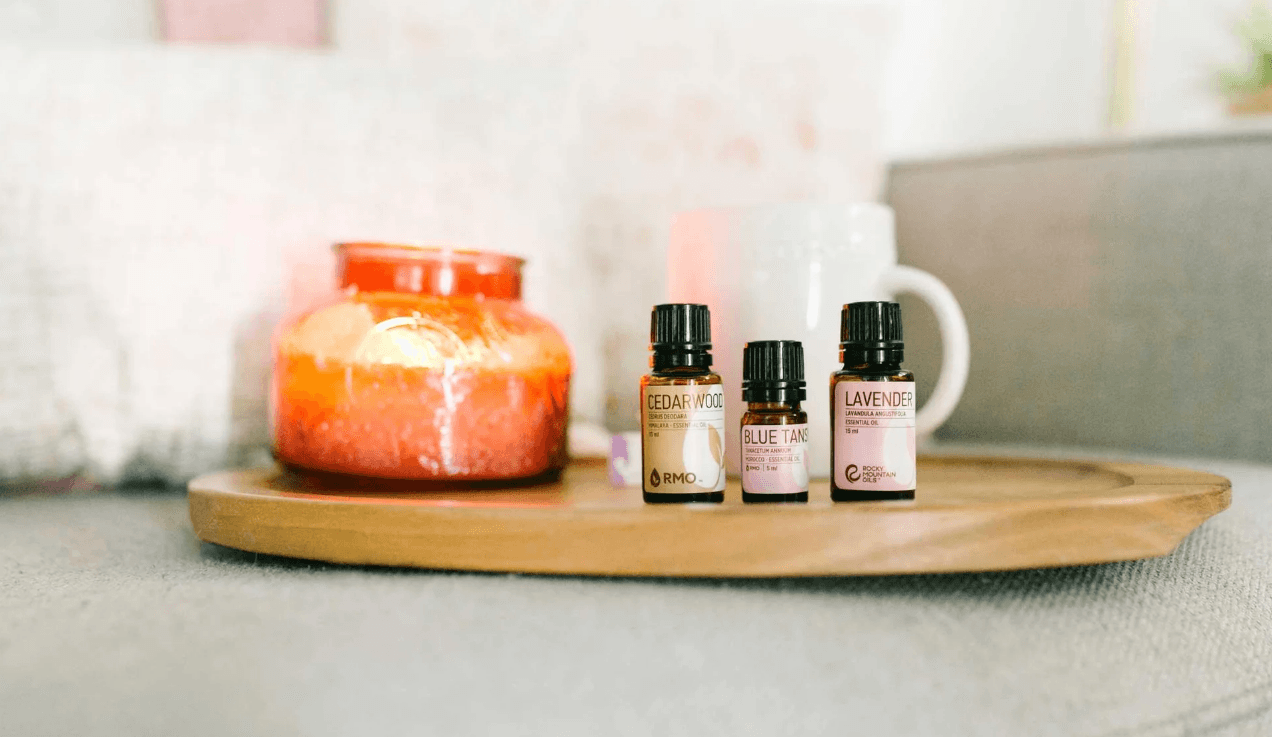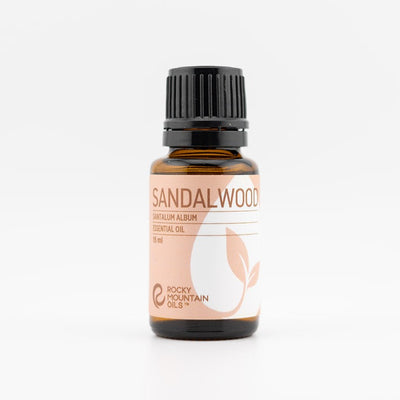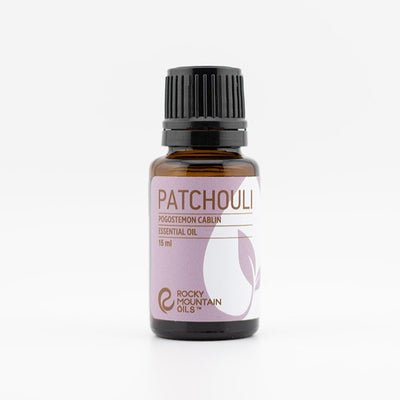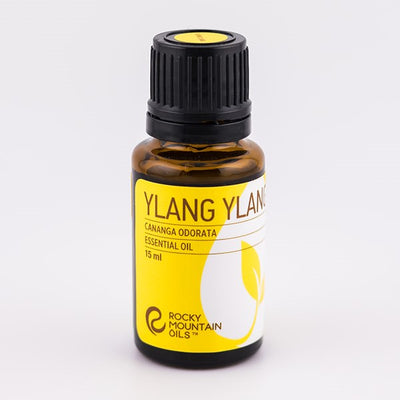Can You Put Essential Oils in Candles? Discover the Aromatic Art of candle-making
Introduction: Understanding the Basics of Candle Making
Candle making is an art form that dates back centuries, offering a serene ambiance and a touch of elegance to any setting. The key question that arises for many enthusiasts is: can you put essential oils in candles? This article delves deep into this query, unfolding the layers of aromatic candle crafting. With a focus on incorporating essential oils, we aim to illuminate the path for both beginners and seasoned candle makers, ensuring a fragrant journey ahead.
Jump here to discover how to put essential oils in candles. Jump to “The Art of Mixing Essential Oils with Wax” section.

The Essence of Aroma: Essential Oils in Candles
Benefits of Adding Essential Oils
Incorporating essential oils into candles transcends mere fragrance; it's a foray into a world of holistic wellness and sensory delight. These potent botanical extracts offer a myriad of benefits, making your candles not just objects of light but vessels of well-being:
- Aromatherapy at Home: Essential oils are known for their therapeutic properties. Scents like lavender can soothe the mind, while citrus oils invigorate and uplift. A candle infused with essential oils can transform any space into a haven of comfort and tranquility.
- Natural and Non-toxic: Unlike synthetic fragrances, essential oils are derived from plants. They bring the pure essence of nature into your home, offering a cleaner, more organic scent experience without the worry of inhaling harmful chemicals.
- Mood Enhancement: The olfactory system (sense of smell) has a direct link to the emotional center in the brain. Burning a candle with essential oils can alter your mood, reducing stress or anxiety and fostering a sense of well-being.
- Air Quality Improvement: Some essential oils, like eucalyptus or tea tree, have natural air-purifying properties. They can help to cleanse your space of certain bacteria, viruses, and fungi, contributing to a healthier living environment.
- Long-lasting Scent: When properly mixed and used, essential oils can provide a consistent and enduring fragrance to your candles, offering a subtle yet persistent aroma that synthetic fragrances often fail to deliver.
Optimal Essential Oil Choices for Candles
Not every essential oil is suitable for candle making. Some might have a fantastic scent from the bottle but won't throw well when burned, while others might not blend properly with certain types of wax. Here's how to pick the best essential oils for your candles:
- High Flash Point Oils: Essential oils with higher flash points tend to perform better in candles. Oils like sandalwood, patchouli, and ylang-ylang have higher flash points and are less volatile, meaning their scent is more likely to linger when the candle is burned.
- Compatibility with Wax: Certain oils blend better with specific types of wax. For instance, soy wax, known for its clean burn, pairs well with almost any essential oil, making it a versatile choice for candle-making.
- Scent Throw: This refers to how well the scent of the oil disperses into the air when the candle is lit. Oils like rosemary, lavender, and vanilla are known for their excellent scent throw, ensuring your space is filled with their delightful aroma.
- Scent Synergy: Combining essential oils can create a more complex and appealing fragrance. However, it's crucial to understand the notes (top, middle, base) of each oil and how they blend. For instance, pairing a citrusy top note with a woody base note can create a balanced and inviting scent.
- Purity and Quality: The purity of the oil affects its performance in a candle. Pure, high-quality essential oils are more potent and provide a more authentic fragrance. It's worth investing in reputable brands to ensure the best scent experience.
Crafting Your Aromatic Candle
Selecting the Right Wax
Choosing the correct type of wax is crucial in candle making, as it influences everything from the candle's burn time to its ability to hold and release fragrance. Here are some factors to consider when selecting your wax:
- Soy Wax: Renowned for its eco-friendly nature and clean burn, soy wax is a popular choice. It's made from soybean oil, is biodegradable, and has a lower melting point, which means it burns slower and longer. Soy wax also holds color and fragrance well, making it a good choice for aromatic candles.
- Beeswax: Natural, with a subtle, sweet fragrance, beeswax burns cleanly and is known for its air-purifying properties. It's denser and has a higher melting point, offering longer burn times. However, it's typically more expensive and can have a natural scent that may blend with your chosen essential oils.
- Paraffin Wax: Widely used due to its excellent scent throw and low cost, paraffin wax is a byproduct of petroleum refining. However, it's less eco-friendly and may release harmful toxins when burned.
- Palm Wax: Palm wax is known for its unique crystalline patterns and firmness. It's a natural, renewable resource, but sourcing sustainable palm wax is crucial to prevent deforestation.
- Blends: Many candle makers use blends of different waxes to combine the best qualities of each. For instance, a blend of soy and paraffin can offer a cleaner burn with a strong scent throw.
Understanding the characteristics of each type of wax can help you make an informed decision, ensuring your candles are not just fragrant but also burn effectively and responsibly.
The Art of Mixing Essential Oils with Wax
Blending essential oils with wax is a delicate process, requiring attention to detail to maintain the integrity of the oils and achieve the desired fragrance strength. Here are some key aspects to consider:
- Temperature: Heating the wax to the right temperature is crucial. If it's too hot, it can degrade the essential oils; if it's too cool, the oils may not mix properly. Generally, adding essential oils at temperatures between 120°F and 180°F is recommended, but this may vary depending on the type of wax and oil.
- Proportion: The amount of essential oil used will affect the candle's fragrance. Typically, a ratio of 6-10% essential oil to wax is recommended, but this can vary based on the oil's potency and the wax type.
- Mixing: Once the essential oils are added, stirring the mixture thoroughly ensures that the oil is evenly distributed throughout the wax, promoting a consistent scent throw.
- Testing: It's important to test your wax and oil blend. Make a small test candle to see how the wax holds the scent, how the candle burns, and how the fragrance is released.
Perfecting the Pour: Techniques and Tips
Pouring the wax is the final step in the candle-making process, and doing it correctly is essential for a professional finish and even burning. Here are some tips for a perfect pour:
- Temperature: Cool the wax to the right temperature before pouring. If the wax is too hot, it can cause the candle to crack or create bubbles. Each type of wax has its ideal pouring temperature, usually around 120°F to 140°F.
- Pour Slowly: Pour the wax slowly into the mold or container to prevent air bubbles from forming. A slow pour also ensures a smooth, even surface.
- Secure the Wick: Make sure the wick is centered and straight before you start pouring. You can use a wick holder or a makeshift solution like placing a pencil across the container's top to keep the wick in place.
- Cool Gradually: Allow the candle to cool slowly at room temperature. Cooling too quickly can lead to cracks or an uneven surface. If you're making container candles, sometimes a second pour is necessary to fill in any dips or holes that appear after the wax has settled.

Safety First: Considerations and Precautions
Understanding Safe Essential Oil Usage in Candles
The use of essential oils in candles can greatly enhance the sensory experience, but it's crucial to understand how to use them safely to prevent any potential hazards:
- Correct Proportioning: Using too much essential oil can lead to an overpowering scent and potentially dangerous conditions, like a heightened risk of the candle flame becoming too large. Adhere to the recommended proportion of essential oil to wax, usually between 6-10%.
- Understanding Flash Points: Each essential oil has a flash point, the temperature at which it can ignite. Ensure that the temperature of the wax when you add the oil is below the oil's flash point to prevent any fire risk.
- Avoid Direct Contact with Flame: Ensure that the essential oil is well mixed with the wax and that there are no oil pools on the candle's surface, as direct contact between the oil and the flame can be hazardous.
- Use Pure Essential Oils: Synthetic or adulterated oils can contain chemicals that may not be safe when burned. Always opt for pure, high-quality essential oils for candle making.
Tips for Preventing Fire Hazards
Candle making, while a fulfilling craft, involves handling hot wax and open flames, presenting potential fire hazards. Adhering to these tips can help ensure a safe candle-making process:
- Work Area Precautions: Keep your working area clean and clear of flammable materials. Work on a heat-resistant surface and ensure that there's nothing that can easily catch fire nearby.
- Monitoring Temperature: Use a reliable thermometer to monitor the temperature of your wax. Overheating can not only damage the wax and the essential oils but also increase the risk of fire.
- Secure Wicks: Ensure that your wicks are securely placed and don’t fall over. A wick that's too long or not properly centered can lead to an uneven burn and potentially dangerous flame.
- Never Leave Melting Wax Unattended: Wax can quickly go from melted to burning. Always stay present during the candle-making process and have a fire extinguisher or baking soda at hand to smother any potential flames.
Recognizing Quality Essential Oils
The quality of the essential oils used can profoundly affect the safety, aroma, and overall quality of your candles. Here’s how to ensure you're using high-quality essential oils:
- Source from Reputable Suppliers: Purchase your essential oils from reputable suppliers known for their commitment to quality and purity. This reduces the risk of getting adulterated or synthetic oils.
- Check for Transparency: Good suppliers will provide information about the oil’s botanical name, origin, extraction method, and purity. This information can help you assess the quality of the oil.
- Packaging and Storage: Quality essential oils are typically sold in dark glass bottles to protect them from light, which can degrade the oil. Ensure the oils are stored in a cool, dark place to maintain their integrity.
- Price as an Indicator: While a high price doesn't always guarantee quality, exceptionally cheap oils may be a red flag. Pure, high-quality essential oils require a lot of plant material to produce and thus generally cost more.
DIY Aromatic Candle Projects
Step-by-Step Guide to Your First Aromatic Candle
Embarking on your first candle-making journey is an exciting endeavor. Here's a simplified step-by-step guide to help you create your very first aromatic candle:
- Gather Your Materials: You will need wax (soy, beeswax, or paraffin), a wick, a container or mold, essential oils, a double boiler, and a thermometer. Also, have some stir sticks, a pouring pitcher, and wick holders handy.
- Prepare Your Workspace: Choose a clean, flat, and heat-resistant surface. Keep your area well-ventilated and free from any flammable items.
- Melting the Wax: Using a double boiler, melt your wax. Monitor the temperature with your thermometer to ensure it doesn’t overheat.
- Adding Essential Oils: Once the wax reaches the appropriate temperature (usually between 120°F and 180°F), add your essential oils. Stir thoroughly for proper distribution.
- Preparing the Container or Mold: While the wax is melting, prepare your container or mold. Secure the wick in the center of the container or mold. You can use a wick holder or a makeshift solution like a pencil or chopstick to keep it centered.
- Pouring the Wax: When the wax is ready, slowly pour it into your container or mold, ensuring not to disturb the wick's position.
- Cooling the Wax: Allow your candle to cool at room temperature. Avoid moving it until it’s fully solidified.
- Trimming the Wick: Once the candle is solid, trim the wick to about ¼ inch. This ensures a cleaner burn.
- Curing the Candle: Allow your candle to cure. This typically takes about 1-2 weeks for soy wax. Curing helps the fragrance oils bind with the wax, leading to a better scent throw.
- Lighting Your Candle: Once cured, your candle is ready to be enjoyed. Light it and revel in the aroma of your very own handcrafted candle.
Advanced Candle-Making Techniques
Once you've mastered the basics, you might want to explore more advanced candle-making techniques to add complexity and uniqueness to your creations:
- Layering Scents: Create a candle with layers of different scents. Each layer needs to cool before adding the next, making this a test of patience and precision. As the candle burns, the fragrance changes, offering a unique olfactory journey.
- Using Colorants: Add color to your candles with dyes or pigments. You can create patterns, gradients, or even multicolored layers. Remember that adding too much colorant can affect the burn quality.
- Embeds and Decorations: Incorporate non-flammable decorations into your candles, such as dried flowers, spices, or fruit peels. Ensure they are placed away from the wick and fully embedded in the wax to prevent fire hazards.
- Texture and Surface Techniques: Experiment with different cooling temperatures and pouring techniques to create textured surfaces on your candles, such as a rustic, frosty, or whipped appearance.
- Multiple Wicks: For larger candles, consider using multiple wicks. This not only ensures an even burn but also creates a striking visual effect.
- Creating Your Blends: Develop your signature scent blends by combining different essential oils. It’s an artful process that involves understanding the fragrance notes and how they interact with each other.

How many drops of essential oil do you put in a candle?
The number of drops of essential oil to add to a candle depends on personal preference and the desired strength of the scent. As a general guideline, it's recommended to use approximately 1 ounce of fragrance oil per pound of wax when making candles. This translates to roughly 6-10 drops of essential oil per ounce of wax, but it's essential to adjust the amount based on the potency of the oil and the desired fragrance intensity.
Can you add essential oils to melted wax?
Yes, essential oils can be added to melted wax to create scented candles. When making candles, essential oils are commonly incorporated into the melted wax before pouring it into molds or containers. The oils are mixed thoroughly into the melted wax to ensure an even distribution of fragrance throughout the candle. However, it's important to note that essential oils should be added to the wax at the appropriate temperature to prevent them from evaporating too quickly or being damaged by high heat. Additionally, the amount of essential oil used should be carefully measured to achieve the desired level of fragrance without overpowering the candle.
What essential oils smell good together in candles?
Several combinations of essential oils can create delightful scents in candles. For a soothing blend, try mixing lavender with chamomile or eucalyptus for a refreshing aroma. Alternatively, combine citrus oils like lemon, orange, and grapefruit for a vibrant and uplifting fragrance. For a warm and cozy scent, blend vanilla with cinnamon or clove. Experimenting with different essential oil combinations allows you to customize your candle's aroma to suit your preferences and create a unique sensory experience.
FAQs
Can all types of essential oils be used in candle making?
Not all essential oils are suitable for candle making. Some may have too low a flash point or may not mix well with certain types of wax. It's essential to choose oils with a higher flash point and good scent throw when heated. Additionally, the purity and quality of the oils are crucial for a safe and aromatic candle.
How much essential oil should I add to my candle wax?
The general rule of thumb is to use about 6-10% essential oil by weight of the wax. For instance, if you have 100 grams of wax, you would use about 6-10 grams of essential oil. However, the exact amount can vary based on the type of wax and the potency of the essential oil. It's always a good idea to start with a smaller amount and adjust based on your scent preference and testing results.
How can I ensure the scent from the essential oil is distributed evenly in the candle?
To ensure an even distribution of scent, add your essential oils to the melted wax and stir thoroughly for at least 1-2 minutes. The wax should be at the correct temperature (usually between 120°F and 180°F) when you add the oils. Pouring the wax slowly and allowing it to cool gradually also helps in achieving an even distribution of scent. Additionally, allowing your candle to cure for 1-2 weeks after making can help the fragrance oils bind properly with the wax, resulting in a better scent throw.
Conclusion: Reflecting on the Aromatic Journey
In the world of candle making, the addition of essential oils opens up a realm of aromatic possibilities. This journey through the art and science of scented candles aims to enlighten, inspire, and ignite a passion for this timeless craft. As you continue to explore and experiment, remember that each candle you craft is a reflection of your creativity and spirit.




